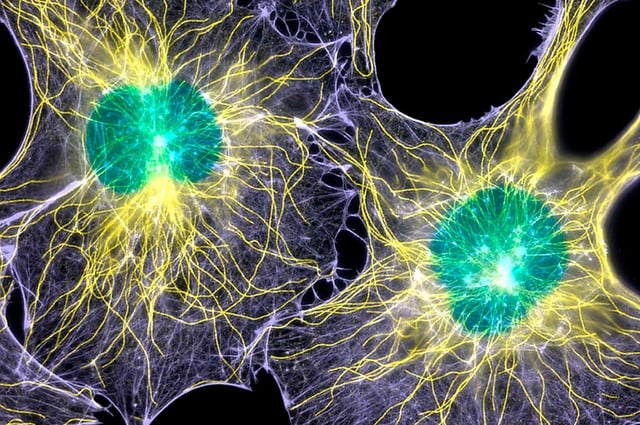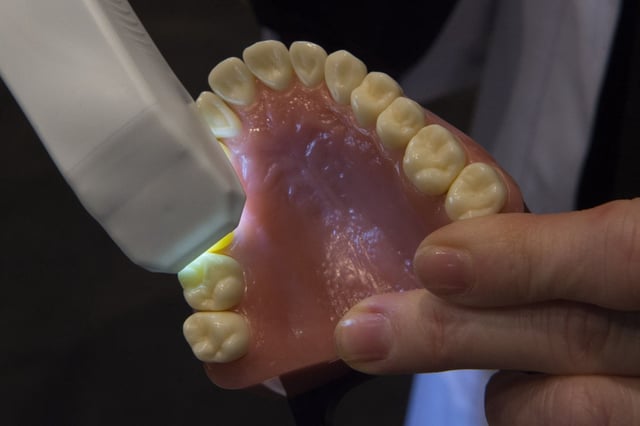Overview
- The Science Translational Medicine study links rapid mucosal repair to GAS6-AXL signaling in mice
- In mice, boosting AXL with GAS6 converted facial skin wounds into a regenerative, low-scarring phenotype while AXL blockade impaired oral healing and induced fibrosis
- AXL activation suppresses focal adhesion kinase, a key driver of fibrosis, shifting wound repair toward regeneration
- Human tissue analyses reveal lower GAS6-AXL activity in repetitive scars, confirming conservation of the pathway in people
- Teams at Cedars-Sinai, Stanford Medicine and UCSF are now embarking on clinical trials to test AXL-targeted therapies for skin and burn injuries


